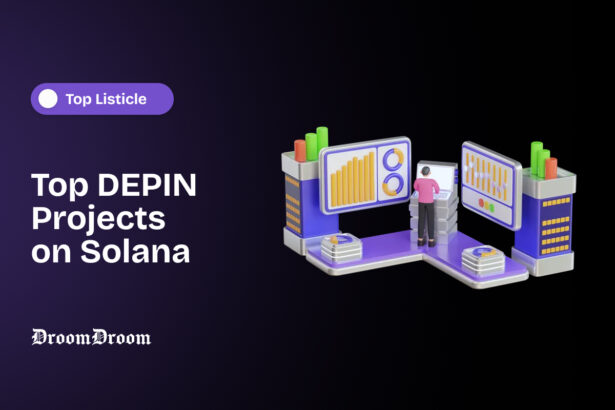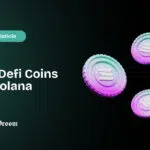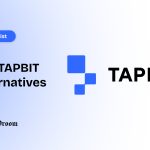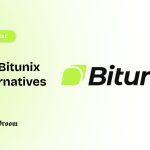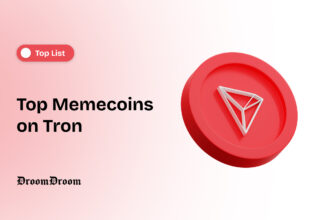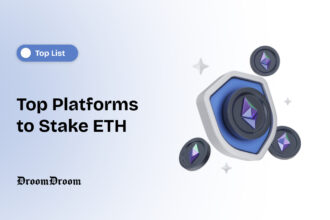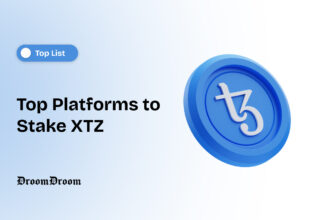Cryptocurrency is evolving and giving forth many new concepts to the world. This decentralized digital technology has the potential to change the way we deal with our money. However, adapting it as a mainstream financial solution is easier said than done. Since the advent of blockchain, we’ve seen numerous ideas being implemented to bring crypto closer to laymen. One such effective concept is Decentralized Physical Infrastructure (DePIN).
When exploring top DEPIN projects on Solana, it’s important to understand the fundamental concepts first. DePIN focuses on bringing cryptocurrency and physical assets together. The aim is to enhance involvement, outreach, and resource efficiency. The technology promises to make the usage of physical assets seamless in a decentralized network. Moreover, it plans to include a broad array of public networks in blockchain. From wifi networks to maps and computational infrastructure, it would utilize many things.
Its priority is to integrate decentralization into everyday solutions. By combining physical assets with DeFi, DePIN projects hope to engage more people in digital assets. Notably, these initiatives hold great possibilities for crypto adoption. So let’s dig deeper into these top DEPIN projects on Solana to see what they offer. But before It’s important to understand how DePIN works.
Things You Must Know About DePIN
DePIN requires a physical infrastructure to operate its network. So far, the projects have deployed servers and wifi routers to handle decentralized cloud storage as well as the Internet.
The entities or individuals who provide these resources are called hardware contributors. For their participation, they get paid in the project-specific token.
This token functions as the facilitator of the transactions in the network. Not only they are used as a payment to contributors, but they also give access to services provided by DePIN.
The end users of these DePINs could be enterprises, individuals, and other decentralized networks.
Now, let’s find out why Solana has become a preferred ecosystem for DePIN.
What Makes Solana a Cradle for DePIN Projects?
The biggest behind the inclination of DePIN toward Solana is the latter’s speed. On that particular front, it even outperforms Ethereum and Bitcoin. Utilizing parallel transactions, Solana executes transactions at an incredible pace. This enables the network to keep congestion at bay while handling huge volumes effortlessly. With a throughput of 2,000 transactions per second (TPS), it takes efficacy to a whole new level.
Also Read: Top Penny Crypto Coins to Buy Before Bull Run In 2025
In addition to that, Solana’s transaction finality mechanism gained quite a traction. A transaction is green-flagged on Solana only when two-thirds of validators agree on it. The mechanism carries out transactions in just 0.4 seconds. It particularly makes the DePIN projects’ functionality much more optimized. Especially those that handle large transactions or voluminous data. Another factor that favors DePIN is Solana’s hybrid model.
It amalgamates the Proof-of-Stake (PoS) consensus mechanism with Proof-of-History (PoH) event tracking. This combined solution ensures a secure and decentralized validation process. Thus, Solana becomes the perfect ecosystem for top DEPIN projects on Solana that needs scalability and efficiency. With that out of the way, let’s now check out some Solana DePIN projects.
Top DEPIN Projects on the Solana Ecosystem
With a dynamic and streamlined structure, Solana gives a sound support structure to DePIN projects. Here are the top DEPIN projects on Solana.
Helium Network
Helium is a Solana-based network that operates as a facilitator for IoT devices. Deploying Hotspots which are actually nodes, lets different IoT devices communicate with each other. It also has its proprietary token, HNT, which becomes a reward for the participants when they connect with a network. The token also powers the network and transfers the data among different devices.
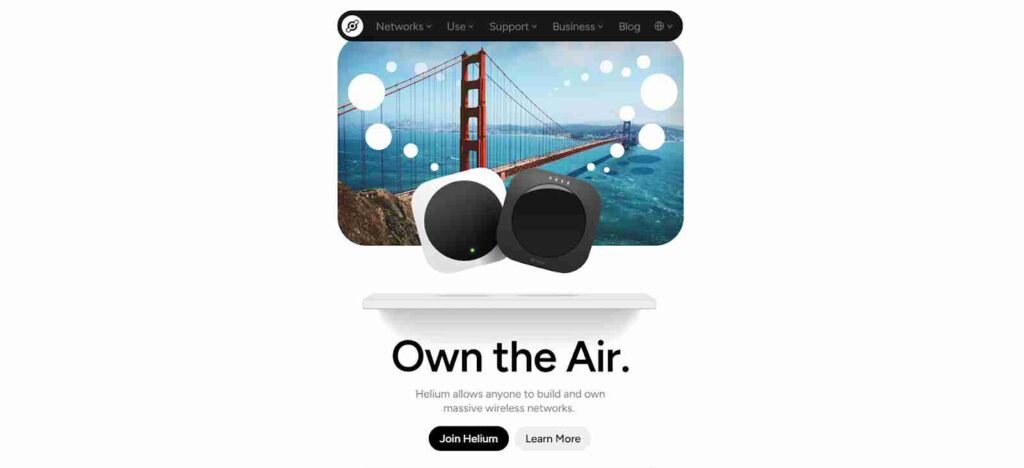
The project is also very adaptable and is applicable in various domains. It could be implemented in logistics, smart cities, and agriculture. Helium’s network also enables real-time tracking and reporting of asset data. Its monitoring and management capabilities make the devices even smarter. The users of the platform can also use their devices to mine its HNT token. Bringing these two technologies together puts forth a whole new array of possibilities.
Also Read: Top Bitcoin Storage Errors and How to Protect Your Assets?
Helium Mining
The Helium universe expands and brings forth its own mining structure. Its mining activity plays a pivotal role in keeping the network functional. Also, it helps maintain the value of the Helium token. Deploying the unique consensus algorithm Proof-of-Coverage (PoC), it ensures the efficiency and integrity of its decentralized network. The miners also get rewarded for validating and securing wireless IoT networks.
Among the top DEPIN projects on Solana, Helium’s attribute that makes PoC totally exceptional is its geographical diversity and wireless coverage. Using the wireless coverage, it validates nodes gauging the active participation. The project focuses on enhancing decentralization while keeping network security intact. Miners also gain access to various advantages like community engagement and passive income. Moreover, the mining requires lesser power being environment-friendly.
However, potential miners should remember that profitability will depend on many factors. The top drivers would be the network’s coverage and saturation, the current value of HNT, location, and operational costs. Hence, participants will have to do their homework before indulging in Helium mining.
Render
Render is a blockchain protocol that democratizes access to GPU computing. The project was launched by Jules Urback in 2017 to make content rendering easier using decentralization. It primarily focuses on upgrading 3D content production by bringing myriad resources together. Leveraging blockchain technology optimizes the rendering process. Not only that, it makes the whole thing cost-effective while eliminating the need for expensive hardware.
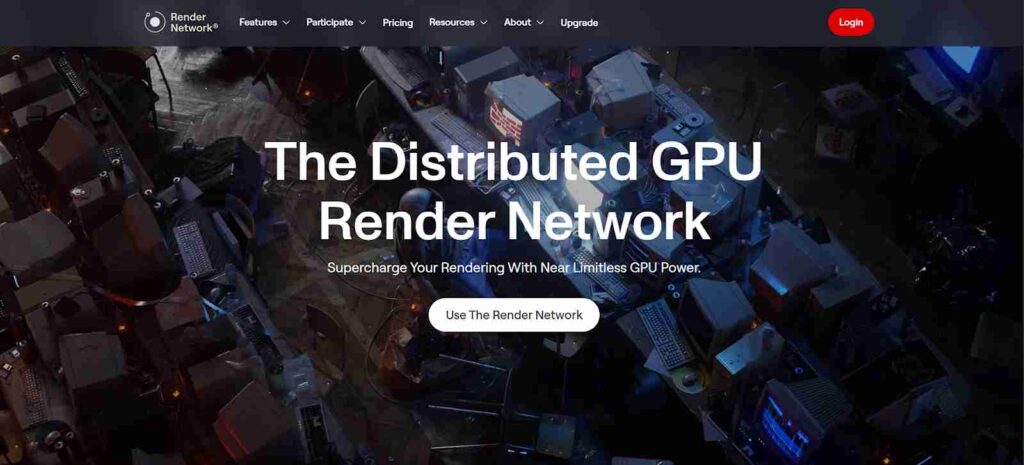
As one of the top DEPIN projects on Solana, Render allows creators to use RNDR tokens for paying GPU providers. The amount of tokens needed depend on the usage of computing and overall complexity of the task. Users get fair and transparent system without any intermediaries for using the resources. Besides the payment given by users, GPU providers also get a chance to win rewards. Based on their contribution, they get incentivized with RNDR tokens.
RNDR Token
From the explanation above, you know that RNDR is the native token of the Render network. Participants on this platform utilize this token to access all types of services. Furthermore, the token holders also get a say in the network’s governance and usage. In addition to the usual, they also gain a special privilege here. The holders can contribute to the ecosystem’s improvement through Render Network Proposals (RNPs).
The entire team reviews the submitted proposals and selects them based on voting. The community-driven decision-making keeps the proverbial trust provided by blockchain intact. Deploying a DAO (Decentralized Autonomous Organization), the network empowers community engagement. It democratizes the overall management and gives everyone equal opportunities.
Hivemapper
Hivemapper is a mapping network that the decentralized network of Solana uses for its entire operations. Launched in 2015, the project aims to improve the way maps are made today. Using drones for image capture and dash cams for data collection upgrades the current technology. After collecting sufficient data, the company launched the Hivemapper Network. The network offers a user-driven mapping platform that runs wholly on a blockchain.
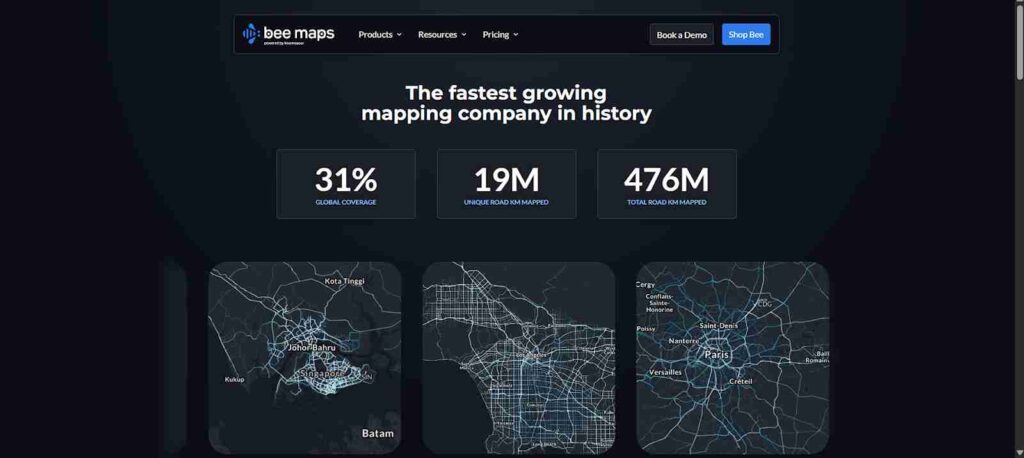
Among the top DEPIN projects on Solana, Hivemapper also incentivizes users who capture live images and upload them to the network. Hivemapper rewards them with its native token, HONEY. So far, the ecosystem has covered over 2.4 million miles of roads. Operating on a blockchain, it uses smart contracts for governance. Hivemapper is the world’s first decentralized mapping network. It has emerged as an open-source alternative to Google Maps.
While Google has a full monopoly over its data on maps, here, everything is decided by users. Additionally, the contributors get rewarded for their efforts. They get HONEY tokens for uploading imagery and doing quality checks on them.
Prospects of DePIN Technology
There are limitless possibilities with the implementation of this concept. First of all, blockchain gets closer to mainstream physical assets and solutions. It gets more exposure through tools we use on a daily basis. On the other hand, conventional technology gets a decentralized facelift too. The multifarious upgrade benefits users the most. It replaces centralized opaqueness with transparent structures. On top of that, its adaptation looks quite promising based on the progress of the ongoing projects.
When evaluating top DEPIN projects on Solana for potential investment or participation, consider factors such as utility, token economics, team expertise, and community support.
Conclusion: Top DEPIN Projects on Solana
The advent of DePIN certainly bridges the gap between digital decentralization and physical infrastructure. Not only that, but it actually makes access to physical assets much easier and cheaper. With the power of blockchain, it also strengthens the fledging community of DeFi users. Solana provides everything that DePIN projects need to succeed. From a hybrid consensus model to speed and efficiency, it gives them everything.
The robust security, low fees, and high throughput make this blockchain a perfect seedbed for DePIN. Solana offers a strong support system for all these projects. It also allows them to flourish their networks by letting them upgrade and upscale. DePIN represents the advancement that blockchain has achieved and Solana plays an instrumental role in it. As we look to the future, these top DEPIN projects on Solana will likely continue to drive innovation in both the blockchain and physical infrastructure spaces.
Frequently Asked Quesstions
What are the top DEPIN projects on Solana?
Helium Network, Render, and Hivemapper are among the top DEPIN projects on Solana. Helium Network enables communication among IoT devices through nodes called Hotspots, rewarding participants with HNT tokens. Render offers GPU computing for 3D content rendering, while Hivemapper functions as a decentralized mapping network that uses drones and dashcams for data collection.
Why is Solana considered an ideal ecosystem for DePIN projects?
In recent years, Solana has introduced some of the best and most innovative DePIN projects. Additionally, it is renowned for its high-speed transaction processing (2,000 transactions per second) and low congestion due to parallel transaction execution. Furthermore, its hybrid consensus model, combining Proof-of-Stake (PoS) with Proof-of-History (PoH), ensures robust security, scalability, and efficiency.
How do contributors benefit from participating in DePIN networks?
Contributors offer their resources, such as hardware tools and data, to the network and, in return, receive rewards in network tokens. These tokens can be utilized for payments on the network and other purposes.
